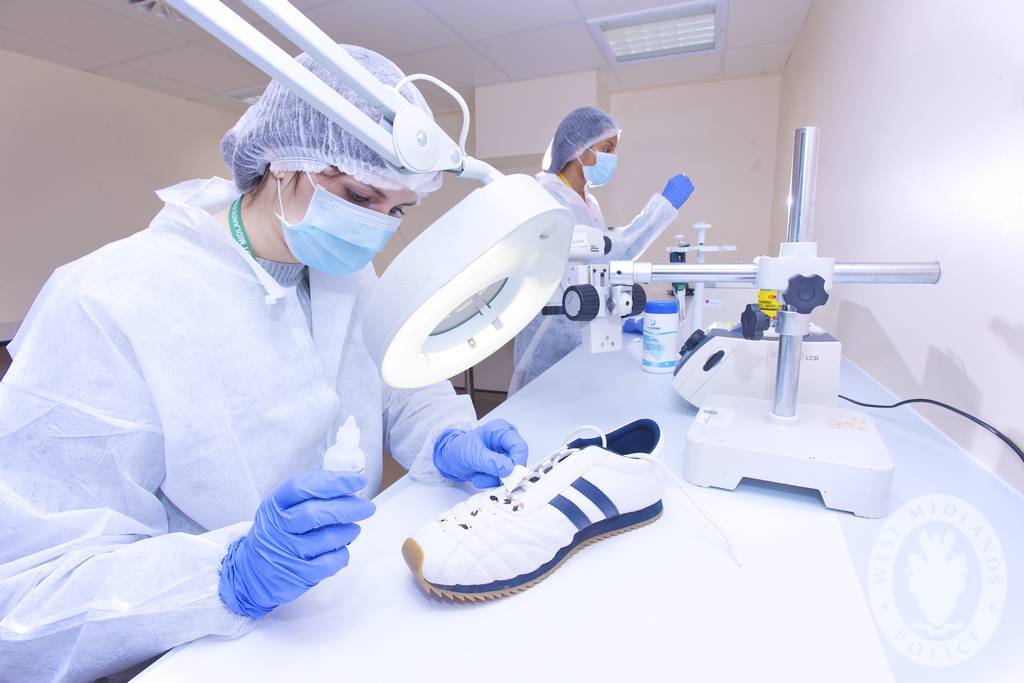In June, Netflix began releasing a series called “Exhibit A,” which debunks one form of crime investigative science per episode. Dubious forensic techniques have been exposed for decades, yet still have been successful in incarcerating countless people. There are a number of reasons that this should be troubling to all of us and motivate real change. One issue that highlights the severity of continuing to rely on debunked forensic techniques is what psychologists call the “CSI effect” – jurors place an over-valued amount of credulity on evidence based on forensic methods. Thus, in a trial scenario, it is not just that some evidence is not as reliable as it seems, but it is just this sort of evidence that jurors seem to cling to in making their decisions.
It is well-documented that, even in some circumstances that we believe ourselves to be working with logical facts, we can be swayed by socialized prejudices and biases about historically disenfranchised, stigmatized, and marginalized groups. This is obviously unfortunate because it can lead to the continued unjust circumstances and treatment of such groups. A great deal of policies in a criminal justice system are put in place in order to create a more objective and just system than would be attained were the suspicions and individual reasoning of particular people with a great deal of power given full reign over crime and punishment. Practices in trials, standards for evidence, protections of citizen’s rights, and other features in the criminal justice system are in place to correct for the ways that injustices are socialized into individual reasoning, and improvements have been attempted to combat implicit biases in individual policing in many districts as well.
Because humans are socialized with these heuristics in our reasoning that are influenced by stigma and prejudices, people in the criminal justice system rely on the science of forensics to be more objective than hunches, suspicions, and our sometimes unreliable reasoning. These tools are one method of separating the functioning of our justice system from the injustice of our society. However, doubt has been cast on a number of common methods of forensics and the reliability of these tools.
Ten years ago, a report by the National Academy of Sciences stated, “[w]ith the exception of nuclear DNA analysis, . . . no forensic method has been rigorously shown to have the capacity to consistently, and with a high degree of certainty, demonstrate a connection between evidence and a specific individual or source.” Blood splatter analysis, bite mark analysis, fingerprint analysis, and, perhaps most well-known to be unreliable, lie detector tests, all have had scientists’ doubt cast on them. The continued use of these methods in the court of law stacks the deck against defendants. Practitioners of the forensic methods “often believed their methods were reliable and their conclusions were accurate with little or no scientific foundation for their beliefs. As a consequence, judges and jurors were misled about the efficacy of forensic evidence, which too often resulted in wrongful convictions.”
Years ago, a study found that drug-sniffing dogs reacted to clues from the beliefs of their handlers. In the last two years there have been some efforts to develop training to minimize this bias. This is crucial for the system, for the drug-sniffing dogs are meant to be an objective way of detecting substances for further investigation, and, in most states, an alert form such a dog warrants police forces to further investigate citizens. If the canines are influenced by their perception of what their handlers think, then they are not a distinct source of information regarding whether potential illegal activity is taking place. If this is the case, the dogs’ actions should not be providing legal permission to search citizens beyond the officer’s suspicion: if the suspicion alone does not warrant search, then the dog’s behavior does not warrant search.
The problem with these methods isn’t that they aren’t completely objective or reliable, it is that they are currently playing a role in our criminal justice system that outstrips how objective or reliable they, in fact, are. When they are playing such a role in a system that so significantly alters lives, and does so at a disproportionate rate for groups that are marginalized already, it is crucial to critically engage with them as tools for legitimate investigation and trail.


